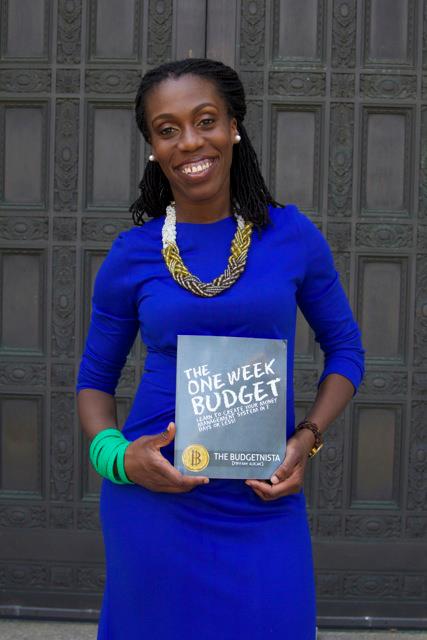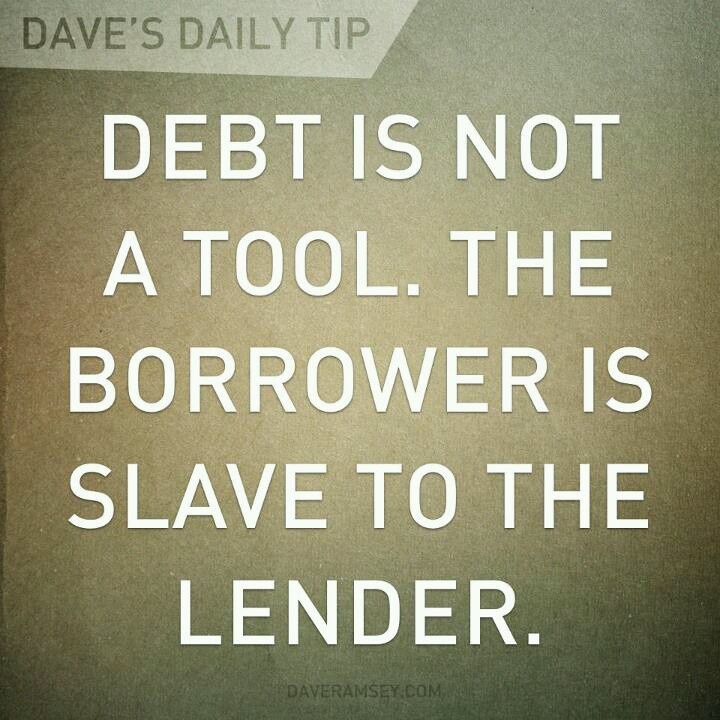Weeks 2 and 3 o f the Live Richer Challenge were full of tasks that I had already completed after applying lessons from previous readings, which is a good thing. The Budgetnista’s in line with other financial planners.
f the Live Richer Challenge were full of tasks that I had already completed after applying lessons from previous readings, which is a good thing. The Budgetnista’s in line with other financial planners.
This week (Week 4) is all about credit; and the next, investing. I’m excited for the investment portion for sure. That topic often scares me. The Budgetnista has a way of breaking down tough concepts into simple measures so most can understand it. That’s great for her target audience of young, black women.
The main points I took away from Weeks 2 and 3 were the importance of automation and notes from this free ebook The Budgetnista contributed to on MoneyTips.com — The Millennial Next Door [Revealed]: How To Be Financially Successful in Your 20s. The survey answers from other 20-somethings helped me see where I am among my peers.
- The majority (55%) earn from $25,000 to $75,000
- 63% have less than $25,000 in assets
- 30% say student debt has impacted their ability to be financially independent or successful
- 87% of successful millennials have set financial goals and are on track to meet them at least to some extent
- 85% successful millennials keep budgets
- On average, successful milleninals save 21% of what they earn
- 91% say they are financially literate
The top 5 financial concerns are:
- Saving enough to live comfortably in retirement (47%)
- Earning enough to afford the lifestyle I/we want to live in the future (46%)
- Pay off student loans (35%)
- Living within my/our means (34%)
- Maintaining my/our current lifestyle in the event I lost my job and/or can’t find work (29%)
The biggest financial missteps so far include:
- Taking on too much consumer debt (23%)
- Spending frivolous (22%)
- Racking up college-related debt (19%)
- Making investment decisions they later regretted (8%)
- Not saving enough (5%)
The e-book featured great tidbits from financial planners and bloggers.
Words On Budgeting
Matt Becker said he understood that budgeting isn’t something that works for everyone.
“I think it sets people up for failure by putting the focus on spending less instead of the real goal of using your money purposefully to get more of the things that make you happy. Instead, I encourage my clients to focus on three things:
- Automate savings
- Tracking spending (so you can make informed decisions)
- Creating good habits that align their daily lives with their long-term goals”
Words On Debt
“The biggest financial misstep I see millennials make is taking on large amounts of unnecessary debt for things like home, vehicles, or college. Many of these same millennials would say they place a high value on flexibility and freedom, when in reality they are getting neither. Debt almost always limits flexibility and freedom.” — Ben Wacek, CFP
Words On Setting Goals
“While finance is very mathematical, it’s also very emotional. People tried to accomplish their goals faster when they’re tied to something that’s exciting to them.” — J. Money
Words On Investing
“Just get started. Many people do tons of research and are victims of paralysis by analysis. Trying to decide whether they should invest into load or no-load mutual funds, ETFs or dividend-paying stocks. Take a small amount and invest into something. Even if it ends up being a crummy investment you’ll learn a ton by going through the motions versus doing more and more research.” —Jeff Rose, CFP







